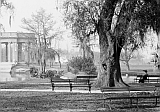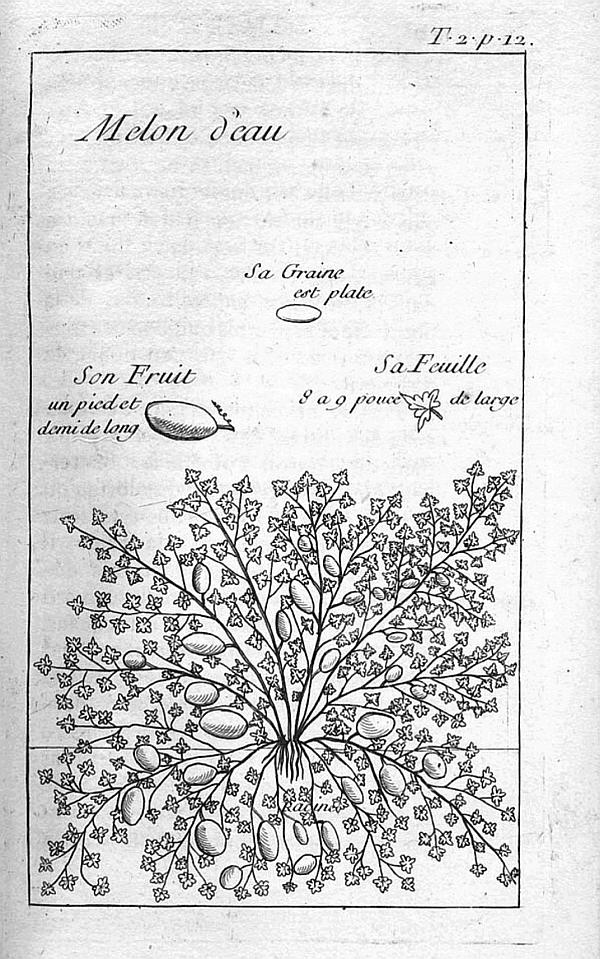|
New Orleans City Park (Images of America) |
|
|
Le Page du Pratz |
||

|
 In the year New Orleans was founded Dutchman Le Page du Pratz arrived at Bayou St. John (in March of 1718). He lodged in
an abandoned Acolapissa hut and wrote that New Orleans “existed only in name” and that while Bienville lived in
a palmetto-roofed hut “I built my plantation about twenty five toises (150 feet) from Bayou St. John”. He described
alligators and crocodiles, Muscadine grapes, and “rice in such plenty...that the inhabitants reap the greatest advantage
from it, and reckon it the manna of the land”. After purchasing a native Chitimacha female “so as to have a woman
to cook for us” he planted the first known garden cultivated by a European in the area (“The quality of that land
is very good”). This illustration of watermelons is from his 1758 Histoire de la Louisiane. : :
|
|
|
The images in this book appear courtesy of the New Orleans Public Library (NOPL), Louisiana Digital Library (LDL), the Library of Congress (LOC), The Historic New Orleans Collection (HNOC), Pictometry International (PI), and D.C. "Infrogmation" May (DCM). Unless otherwise noted, images are from the author's collection.
|
||